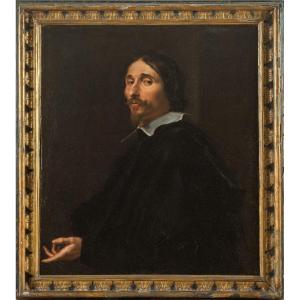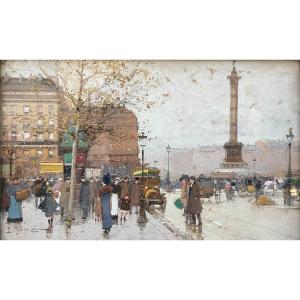The production of that period consists essentially of portraits of Ligurian aristocrats, of which unfortunately it is often difficult to trace the name. As Bodart recalls, van Dick dictated and imposed a dominant aesthetic model that will be repeated by other Genoese painters for much of the century, but unfortunately without keeping books or other writings that can help us today to know the identities of the characters portrayed. So it’s practically impossible, except in very rare cases, to name the faces of Vandickian portraits. Moreover, its speed of execution leads it, in some cases, to present very similar effigies. In the specific case presented here there are strong affinities, both for the quality of execution and for the mode of representation, with three paintings executed in the same period: The Portrait of Lui van Uffel (New York, Metropolitan Museum of Art), The portrait of François Duquesnoy (Brussels, Musées royaux des Beaux-Arts de Belgique) eia Double portrait of brothers Lucas and Cornelis de Wael (Rome, Pinacoteca Capitolina), all three very similar to the Portrait of a Genoese patrician.
The psychological efficacy and the counterpoint of the colours and the light reflections used undoubtedly make it a painting of the highest quality and of great interest.































 Le Magazine de PROANTIC
Le Magazine de PROANTIC TRÉSORS Magazine
TRÉSORS Magazine Rivista Artiquariato
Rivista Artiquariato